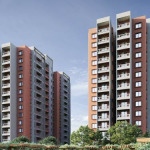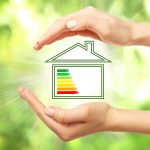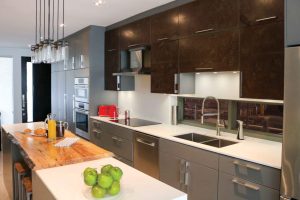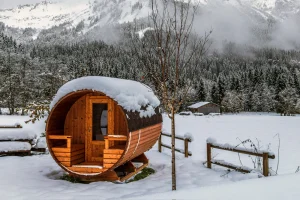
Energy efficiency has become a top priority as utility costs continuously increase, weather patterns constantly change, and more households rely on electricity. Beyond that, homeowners are becoming more conscious of their carbon footprint and the long-term savings they can get from embracing sustainable energy solutions.
The good news is that technology is advancing quickly, making these solutions more affordable and accessible than ever. Governments and utility providers also encourage homeowners to adopt eco-friendly upgrades by offering rebates, tax incentives, and financing options. If you want to make your home more energy-efficient, let’s explore the different features you can invest in.
Independently Generating Power With Solar
Incorporating solar panels into your home is one of the most practical decisions you can make. These devices capture and transform sunlight into clean, usable, and renewable energy, enabling you to produce electricity on your own. Because of that, they can minimize reliance on conventional energy sources, which often use fossil fuels and emit carbon dioxide and greenhouse gases.
It’s also worth noting that you can channel any excess power created back to the grid or collect it in batteries and other storage for use at night or during emergencies. You may find the upfront cost of installation quite high, especially for advanced types with enhanced efficiency, power output, and lifespan. However, the enhanced savings and long-term return make solar a smart choice for energy independence.
Utilizing Home Appliances That Do More With Less
Equipment like washers, dryers, and refrigerators accounts for a large portion of a typical home’s energy consumption, especially if they’re outdated. Replacing them with advanced, high-efficiency units can lessen your household’s energy use. For instance, some dishwashers have been optimized for more precise and resourceful water and energy use.
Smart thermostats and lighting systems are other popular ways to minimize power consumption and further enhance savings. These home technologies automatically adjust the lights and temperature based on your household’s preferences. Moreover, they allow for remote control, so energy isn’t wasted when no one is in a particular room or at home.
Switching To Brighter Lighting Choices
Many houses use incandescent light bulbs, which can be inefficient despite consuming a lot of electricity. One excellent, sustainable, and economical alternative is LED lighting. These bulbs use around 75% less power than conventional types since they directly turn most of the electricity into light. They also emit less heat and last longer than incandescent bulbs, resulting in lower energy use and carbon footprint.
Maintaining Comfort Through Windows, Doors, and Insulation
Your doors and windows directly affect your house’s ability to regulate indoor temperature through the seasons. Those with robust frames like fiberglass and vinyl can reduce air leaks much better than traditional materials, especially when properly installed, sealed, and weather-stripped.
For windows, it’s best to install double- or triple-glazed types since they have several glass layers with insulating gas. This window type, plus low-emissivity coatings, cuts indoor-outdoor heat transfer. Proper insulation is also essential to control temperatures, decrease dependence on excessive heating and cooling, and lessen energy use.
Conserving Energy With Natural Roofs and Exteriors
Not all upgrades rely on mechanical or electrical equipment. Placing vegetation, soil, and waterproofing on your roof is a rising eco-friendly trend. These plants naturally insulate and regulate the house’s temperature through the seasons. As a result, they help save energy that would’ve otherwise been spent on HVAC appliances.
Living walls offer similar energy-saving benefits while improving air quality and aesthetic appeal. These natural upgrades also help control runoff and create habitats for pollinators, supporting local biodiversity.
Like solar power systems, installing a green roof and living wall can be expensive. However, the payoff, in the form of lower energy consumption and bills and reduced need for artificial cooling and heating, makes it worth investing in.
Landscapes That Works as Hard as Your Systems Do
Besides making your property look visually appealing, mindfully landscaping your outdoor spaces can significantly contribute to your energy savings. Strategically plant shrubs and deciduous trees around your house (ideally near east- and west-facing windows) to create shade and cool your home.
It also helps to place plants that cast shade over your HVAC unit so it won’t have to use excessive energy. Such landscape tactics are particularly beneficial in summer and winter, when heating and cooling systems work harder to maintain consistent and comfortable indoor temperatures.
Embrace Smarter, More Sustainable Living Today
Energy-efficient upgrades are no longer limited to high-tech gadgets. From solar power and smart home technologies to green roofs, upgraded lighting, and thoughtful landscaping, homeowners have more options to live sustainably and save money.
Contact an energy solutions provider today if you’re ready to cut energy costs, increase comfort, and help protect the environment. They can help you determine the best home improvements to make it energy-efficient.








